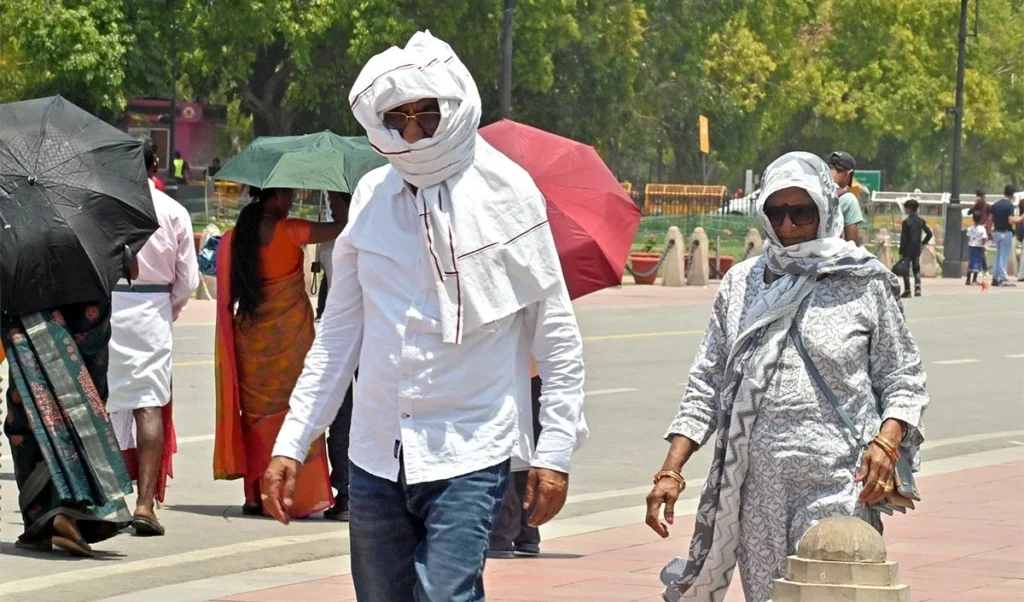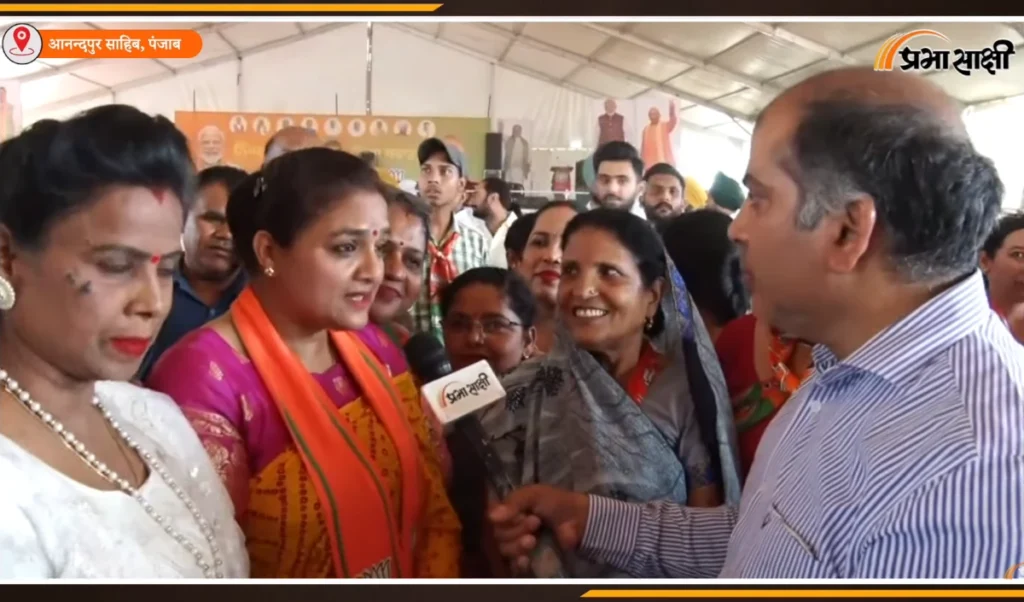After the assassination of Indira Gandhi, Congress got a record majority. Jawaharlal Nehru’s great grandson and Indira Gandhi’s son Rajiv Gandhi took over the power of the country. When Rajiv Gandhi became the Prime Minister in 1984, he wanted to bring a lot of changes in the system of the country. Within a year of assuming power, the Rajiv Gandhi government transformed the Ministry of Education into the Ministry of Human Resource Development. At that time he used to be surrounded by many advisors. Then he accepted the suggestion of the advisors that all the departments related to education should be brought under one roof. On the basis of this logic, on September 26, 1985, the name of the Ministry of Education was changed to the Ministry of Human Resource Development and PV Narasimha Rao was given the command of this ministry. Then departments like culture, youth and sports were considered related to education and were brought under the Ministry of Human Resource Development. Ministers of State were appointed for this. The following year, the new National Education Policy was implemented. Under this, the higher education system was modernized and expanded across the country.
Although, when asked about a great man in relation to teachers, the name of India’s first Vice President Sarvepalli Doy Radhakrishnan comes to our mind. But do you know that freedom fighter Maulana Abul Kalam Azad was also a great educationist of the country. Due to his work in the field of education, Pandit Jawaharlal Nehru made him the first Education Minister of the country. At the same time, Dharmendra Pradhan is currently in the post of Education Minister of India. The Ministry of Education (MOE) in India is an important government department responsible for implementing the National Education Policy. It operates through two main divisions: one oversees primary to higher secondary levels, including school education, adult education and literacy, while the other focuses on higher education, technical education, scholarships and universities. The literacy rate has increased significantly from 12% to 75% in recent years since India’s independence. Each of the more than 30 education ministers in India’s history has made significant contributions to the advancement of education in our country.
Education policy of Rajiv Gandhi and Narasimha Rao
In 1986, the Rajiv Gandhi government brought a new National Education Policy. The aim of the policy was to provide equal opportunities in education to women, Scheduled Castes, Scheduled Tribes and other backward class people. Under the policy, the process of opening an open university was also initiated. The result was Indira Gandhi National Open University. Emphasis was also made on the development of rural education. At the same time, emphasis was laid on gathering resources like computers and libraries. In the National Education Policy 1986, a comprehensive framework was introduced for the development of education in the country. There was an emphasis on modernization of education and providing basic facilities. More attention should be paid to the education of backward classes, disabled and minority children. In this education policy, emphasis was laid on preventing children from dropping out of school at the primary level and it was said that a network of non-formal education should be introduced in the country. Also, education of children up to the age of 14 should be made compulsory. To reduce the rate of illiteracy among women, more emphasis should be laid on their education. They should be given priority in various educational institutions. Also, special provisions will be made for them in vocational and technical education.
Modi government brought New Education Policy 2020
The pattern of education in India and the complexities that have been there in it, there was a long-standing demand that some important changes should be made in it and it should be modified. So all those people who were not satisfied with the Indian education system and its rules till now, the government has given them a big relief. The thing that is being debated the most about the new education policy is that now along with school education, higher education, agriculture, medical education and technical education have also been added to its scope. Nowadays, since students have to face a lot of difficulties in getting a job after studies, it is believed that this new education policy will remove this crisis and it will be easy for students to get employment. Let us tell you that the main objective of the new education policy is to connect students directly with some life skill along with studies.


